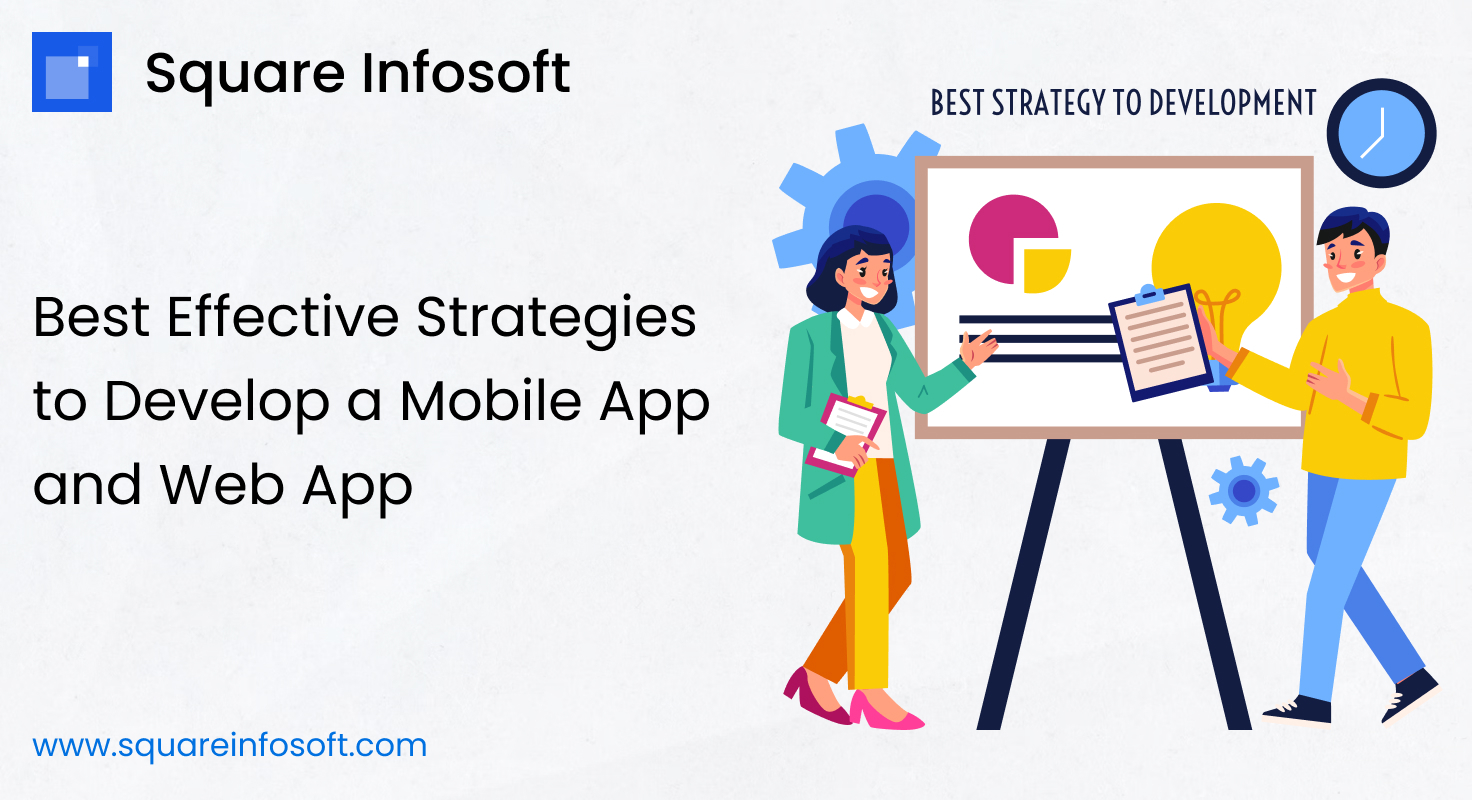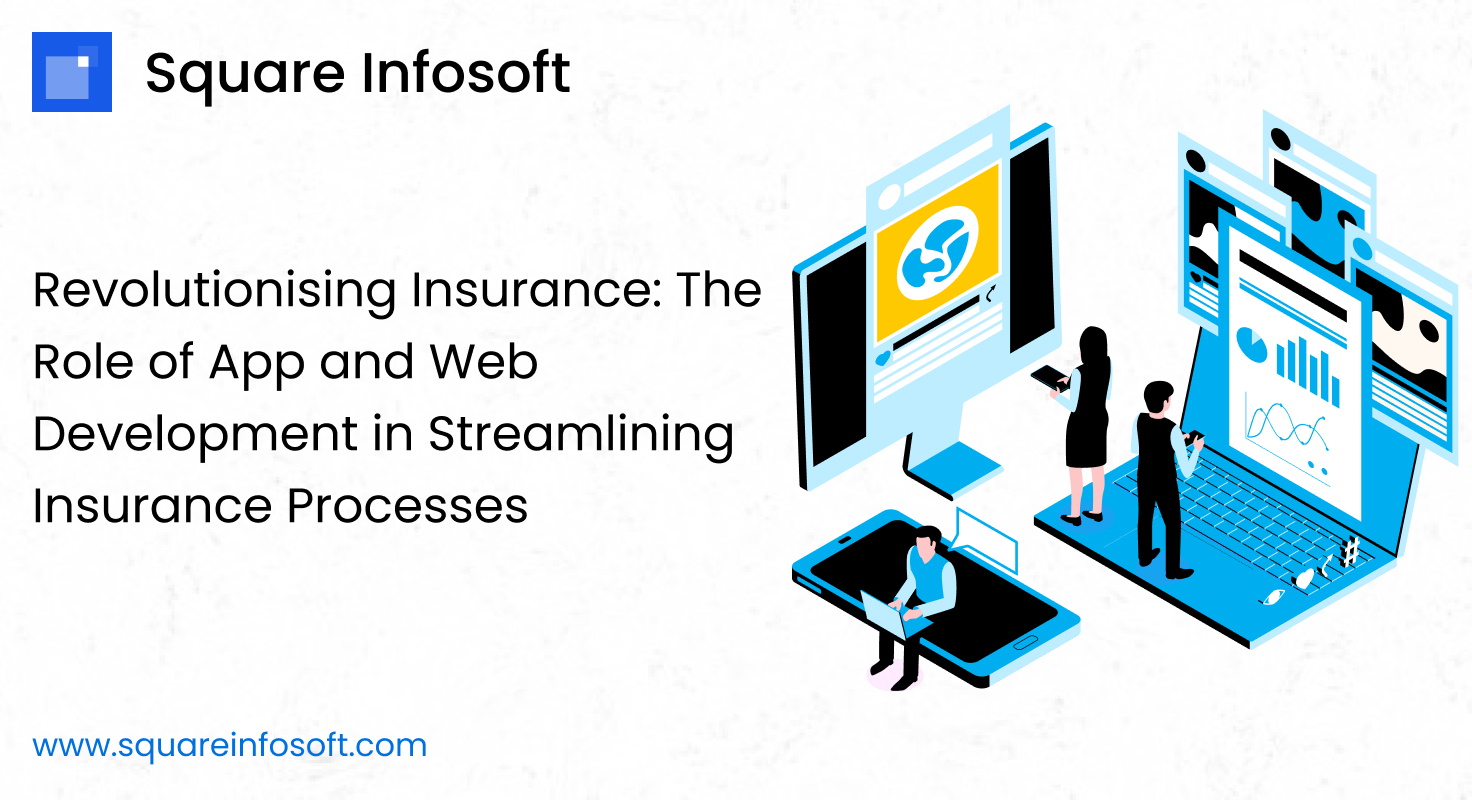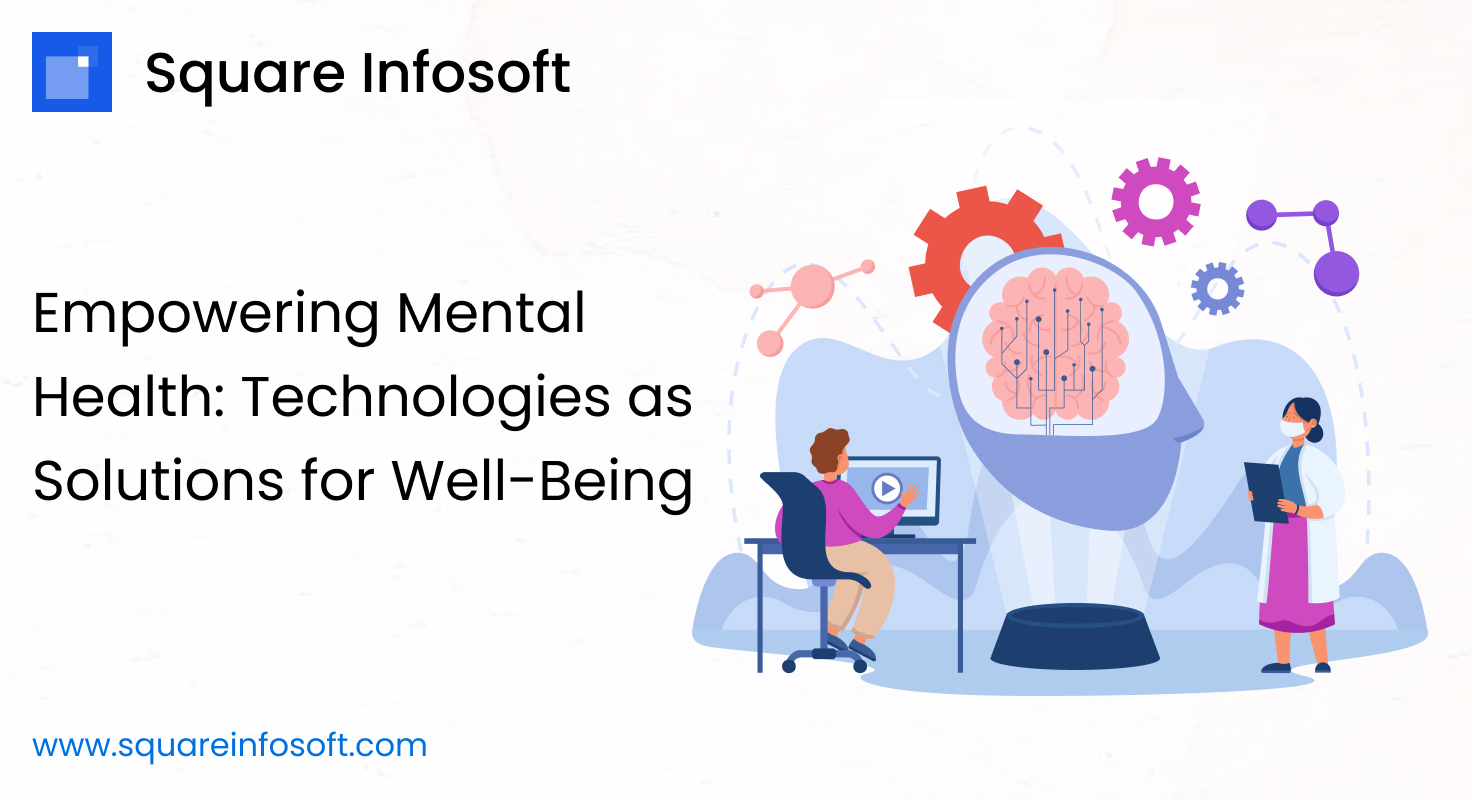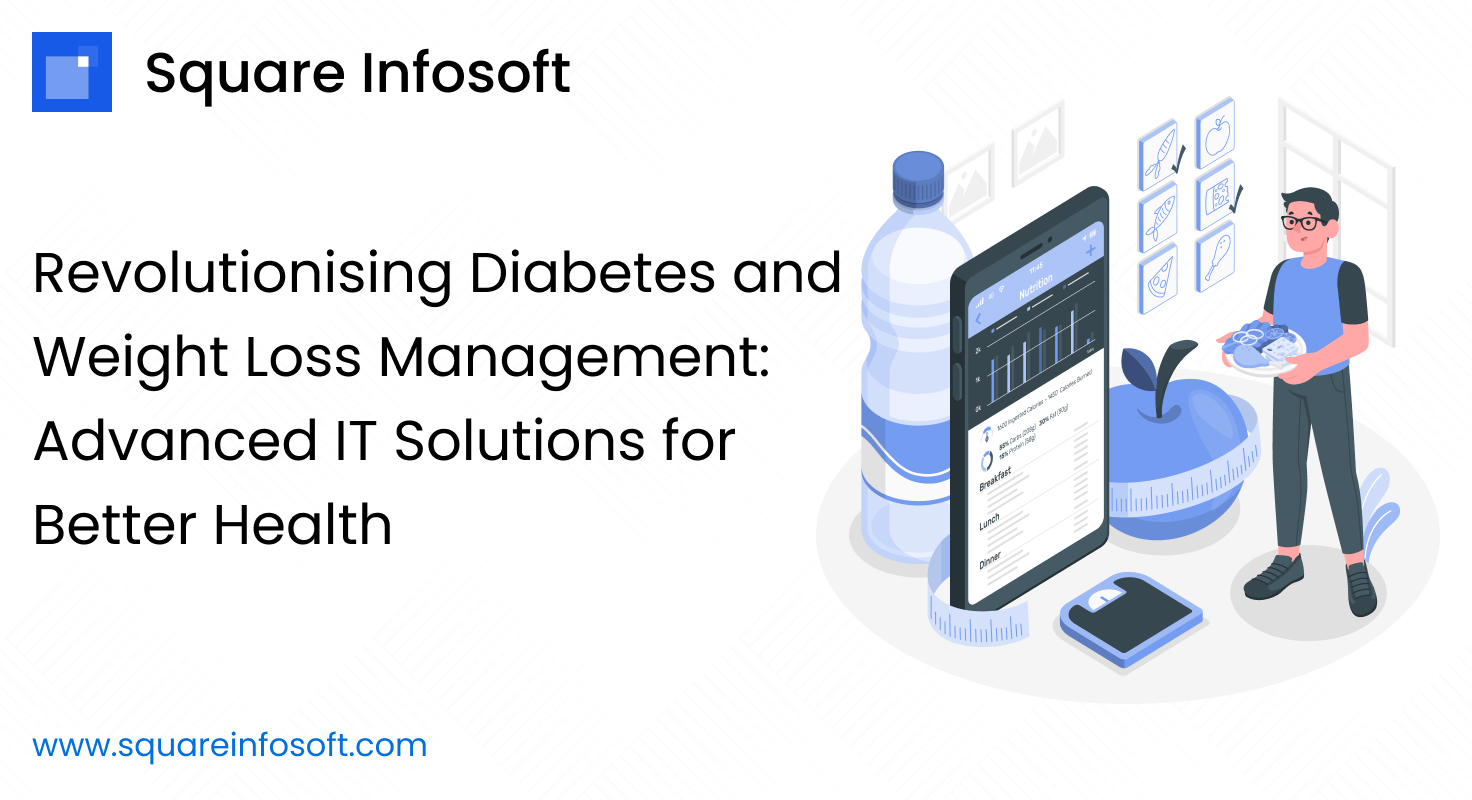Developing a successful mobile app and web app requires a combination of effective strategies that encompass various aspects such as planning, design, development, marketing, and optimization. In this comprehensive guide, we’ll explore the top 10 best effective strategies to develop both mobile and web apps, supported by examples and reasons for each strategy.
1. Comprehensive Market Research:
Before diving into development, it’s crucial to conduct thorough market research to understand your target audience, competitors, and market trends. Identify the needs, pain points, and preferences of your target users to develop an app that addresses their specific requirements. Analyze competitor apps to identify gaps in the market and opportunities for differentiation.
Example: Suppose you’re planning to develop a meal delivery mobile app. In that case, comprehensive market research would involve analyzing existing meal delivery apps like Uber Eats, DoorDash, and Grubhub to understand their features, pricing models, target audience, and user feedback. You may discover a gap in the market for a niche cuisine or a particular demographic group that is underserved by existing apps.
2. Define Clear Objectives and Goals:
Clearly define the objectives and goals of your mobile app and web app. Determine what you aim to achieve with the app, whether it’s increasing user engagement, generating revenue, or expanding your brand reach. Setting specific, measurable, achievable, relevant, and time-bound (SMART) goals will provide direction and focus throughout the development process.
Example: If your objective is to increase user engagement, your goal might be to achieve a certain number of daily active users (DAU) or to increase user retention rates by a certain percentage within the first three months of launch. By setting clear objectives and goals, you can track progress and measure the success of your app.
3. User-Centric Design:
Design your mobile app and web app with the end user in mind. Focus on creating a user-centric interface that is intuitive, visually appealing, and easy to navigate. Use user experience (UX) design principles to ensure a seamless and enjoyable user experience. Conduct user testing and gather feedback to iterate and improve the design iteratively.
Example: The design of the Airbnb mobile app prioritizes user-centricity by providing a clean and intuitive interface that makes it easy for users to search for accommodations, view photos, and make bookings. The app’s user-friendly design contributes to a positive user experience, leading to high user satisfaction and retention rates.
4. Choose the Right Development Approach:
Select the most appropriate development approach based on your project requirements, budget, timeline, and target audience. Options include native app development, cross-platform development, or progressive web app (PWA) development. Consider the pros and cons of each approach to make an informed decision.
Example: If you need to deliver a high-performance app with access to device-specific features, native app development might be the best choice. However, if you have limited resources and want to reach a broader audience across multiple platforms, cross-platform development using frameworks like React Native or Flutter could be more suitable. For web apps, PWAs offer a cost-effective solution for delivering a mobile-like experience across devices.
5. Prioritize Performance and Speed:
Optimize the performance and speed of your mobile app and web app to provide a seamless user experience. Minimize loading times, reduce app size, and optimize images and multimedia content to ensure fast and responsive performance. Implement caching mechanisms and lazy loading to improve loading times further.
Example: Google’s search app prioritizes performance and speed by delivering lightning-fast search results, providing users with instant access to information. The app’s efficient performance contributes to a positive user experience and encourages users to engage with the app regularly.
6. Implement Robust Security Measures:
Security should be a top priority when developing a mobile app and web app, especially if they involve handling sensitive user data or financial transactions. Implement encryption, authentication, and authorization mechanisms to protect user information from unauthorized access and cyber threats.
Example: Banking apps like Chase Mobile employ multiple layers of security, including biometric authentication and encryption, to safeguard users’ financial data. These robust security measures instill trust and confidence in users, encouraging them to use the app for managing their finances securely.
7. Leverage Cloud Services:
Utilize cloud services for storage, computing, and data processing to enhance scalability, reliability, and performance. Cloud platforms like AWS, Azure, and Google Cloud offer a wide range of services that can help streamline development and reduce infrastructure costs.
Example: Dropbox leverages AWS’s cloud infrastructure to provide scalable and reliable file storage and synchronization services to millions of users worldwide. By leveraging cloud services, Dropbox can efficiently manage data storage, ensure data availability, and deliver a seamless user experience.
8. Focus on Accessibility:
Ensure your mobile app and web app are accessible to users with disabilities by incorporating accessibility features such as screen readers, voice commands, and alternative text for images. Design your app with accessibility in mind from the outset to ensure inclusivity for all users.
Example: Apple’s VoiceOver feature enables visually impaired users to navigate and interact with iOS apps using spoken feedback. By incorporating accessibility features like VoiceOver, Apple ensures that its apps are accessible to users with disabilities, providing equal access to information and functionality.
Conclusion
The development of successful mobile and web applications requires a strategic approach that encompasses various key strategies. From conducting comprehensive market research to leveraging cloud services and prioritizing security and accessibility, each strategy plays a crucial role in the overall success of the app.
By conducting thorough market research, developers gain valuable insights into user preferences, market trends, and competitor offerings, allowing them to identify opportunities for differentiation and innovation. Clear objectives and goals provide direction and focus throughout the development process, ensuring that the app meets its intended purpose and delivers value to users.
User-centric design is paramount for creating an engaging and intuitive user experience, leading to higher user satisfaction and retention rates. Choosing the right development approach based on project requirements and target audience helps developers optimize resources and reach a broader audience effectively. Prioritizing performance and speed, implementing robust security measures, and leveraging cloud services contribute to a seamless and reliable app experience, enhancing scalability, reliability, and data security. Moreover, focusing on accessibility ensures that the app is inclusive and accessible to users of all abilities.
Overall, by incorporating these top 10 effective strategies into the development process, developers can increase the chances of creating successful mobile and web applications that resonate with users, drive engagement, and achieve their objectives and goals. Through continuous iteration, optimization, and adaptation based on user feedback and market trends, developers can ensure that their apps remain competitive and relevant in today’s digital landscape.




